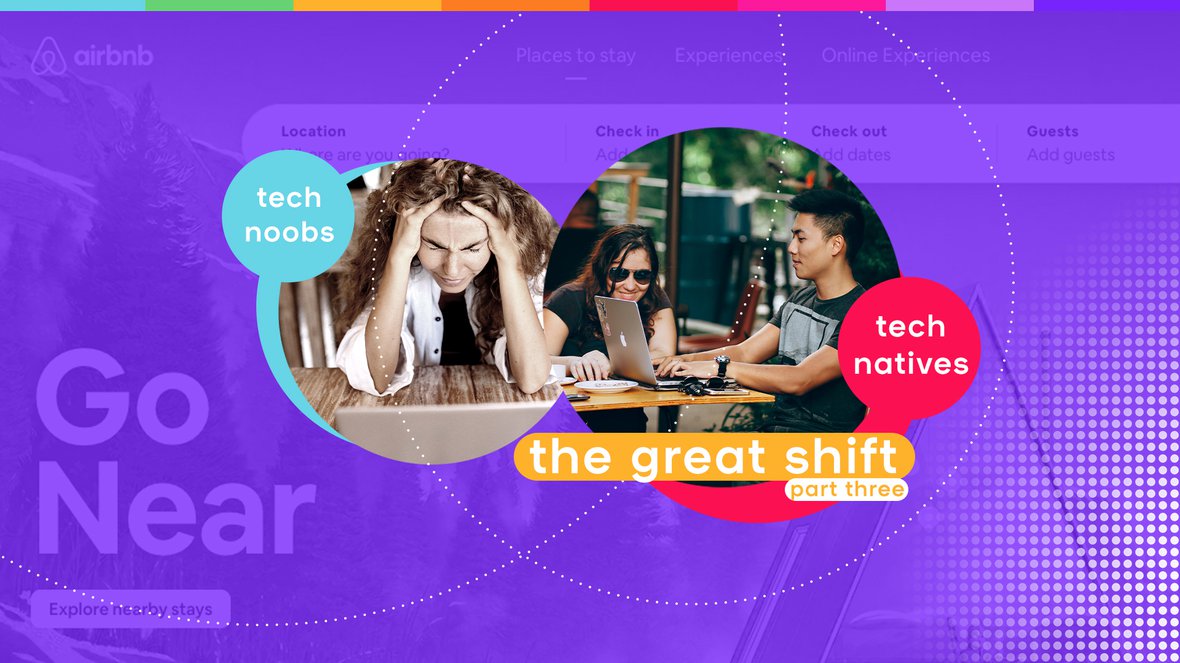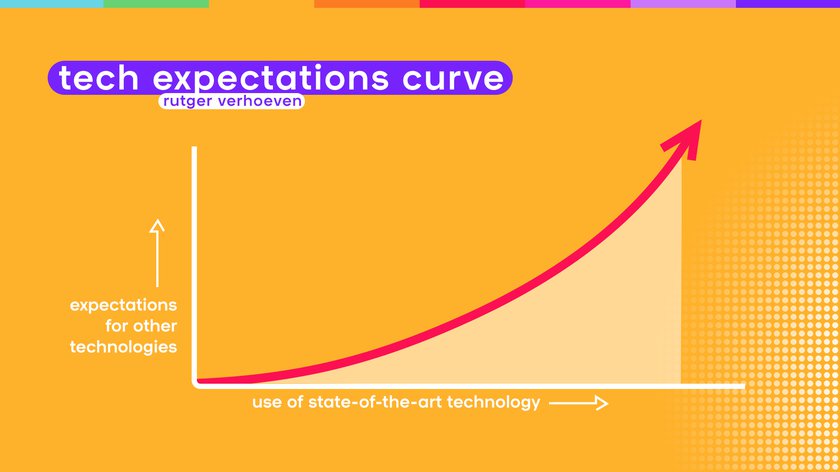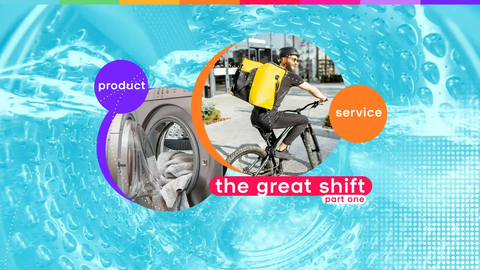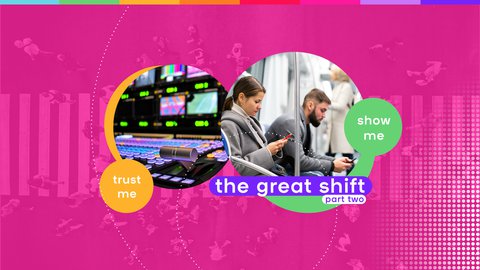Back in 2016 Anatoly Roytman, MD at Accenture Interactive Europe, Africa, Middle East & Latin America, said: “Meeting customer expectations is by no means a small achievement… Customer expectations are changing faster than ever and what people learn to love in one industry increasingly defines what they expect in other areas. It’s now your customer who’s setting the bar, not the competitor.”
And this still holds true in today’s digital landscape.
Every time we are asked to help news organisations with their digital transformation, we are met with their unwavering belief that they should develop technology themselves. No matter how small the news organisation is, they still think that having their own app, their own CMS, their own website and editorial system is crucial in the challenge of reaching their audience. And while this is often true (at least to some extent) what they tend to forget is that their customers also visit other websites, have multiple apps on their smartphones and make use of ‘big brand’ tech: streaming services such as HBO, Netflix and Spotify but also tech services like Airbnb, eBay, Google Play and Uber.
Why’s this relevant? Well, because they come into contact with this state-of-the-art technology when they use these day-to-day apps and tools, they also take those expectations with them with every subsequent functionality that is offered to them, whether it is an online shop, a website or - yes - a news app.



